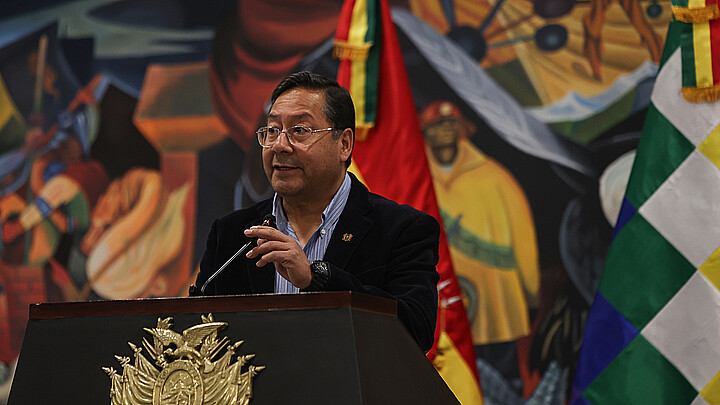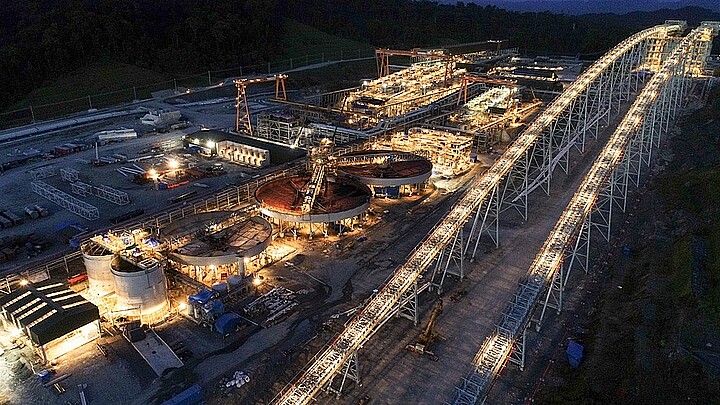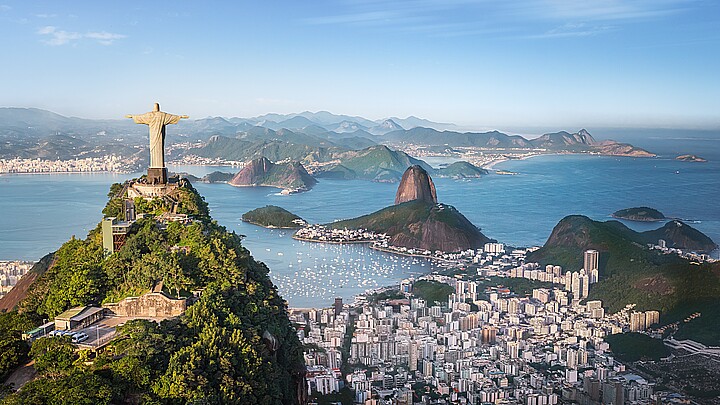Business
Latin America to be hit hardest by inflation, economists warn
Economists warn that inflation in Latin America will hit double digits through 2022, making it the hardest hit region in the world.
November 24, 2021 3:25pm
Updated: November 25, 2021 1:48pm
Inflation rates are surging around the globe as rising energy costs and supply chain disruptions continue to push the price of consumer goods up by more than what economists had originally predicted.
In the United States, this has meant surging costs for food, gas and housing as Americans face the highest inflation rate in 30 years.
“Economists have been caught out by a few things — energy prices, which are famously hard to forecast, and the persistence of demand for goods even as economies have reopened,” said James Pomeroy, global economist at HSBC.
But nowhere in the world has been hit as hard as Latin America, where inflation has exceeded policy makers’ targets in all of the region’s major economies. This month, inflation hit 6 percent in Chile, 6.2 percent in Mexico, 10.7 percent in Brazil and 52 percent in Argentina.
“Major Wall Street banks are forecasting average cost-of-living increases across Latin America will end the year above 10%, the highest globally, and predict pressure on consumer prices will extend well into 2022,” wrote Maria Eloisa Capurro at Bloomberg.
These price increases are adding to the economic woes of a region that was hit particularly hard by the COVID-19 pandemic, with strict measures still in place and vaccination rates lower than much of the developed world.
As the region finally begins to emerge from the worst economic crisis in 200 years, Latin Americans must grapple with the prospects of low growth and rampant inflation.
According to Capurro, this could slow governments’ ability to reduce poverty and “could fuel migration and brain drain”
This is problematic for the Biden administration as it struggles to address the "broken immigration system.”
The region’s economic response is less than lackluster and central banks are attempting to tackle a fiscal disaster with monetary policy tools, pushing interest rates to some of the highest levels in the world.
But global shipping bottlenecks and higher commodity costs cannot be fixed by the good intentions of even the most magnanimous central bankers.
“Supply shocks are not really something you can fight with monetary policy,” said Andre Loes, the chief economist for Latin America at Morgan Stanley in Sao Paulo. “Latin America has a longer history than most with inflation and that has a relevant impact on expectations. People do have memory of those years.”
Inflation rates in Latin American are expected to average 11.9% this year and 10.4% in 2022.
“Central bankers are trying to avoid investors believing this will be a supply shock that will result in permanent inflation,” said Mario Castro, a rates strategist at Banco Bilbao Vizcaya Argentaria SA. “And they are crossing their fingers they don’t have to hike too aggressively on the back of this.”










